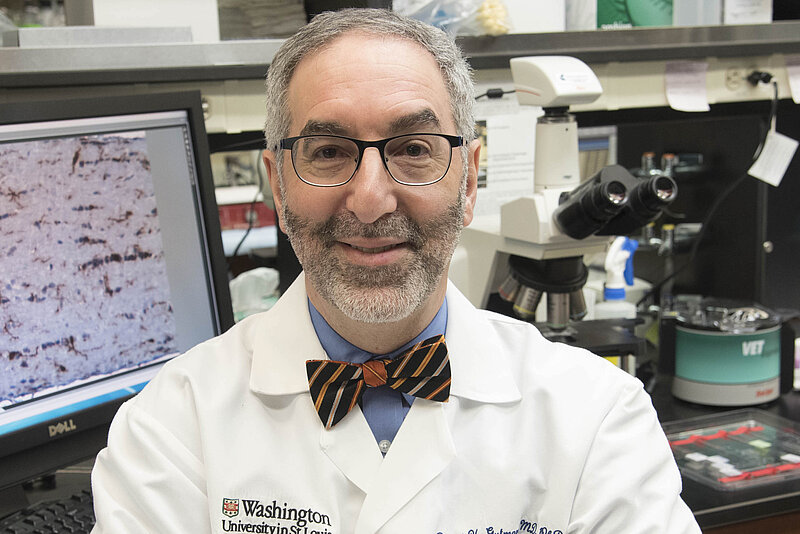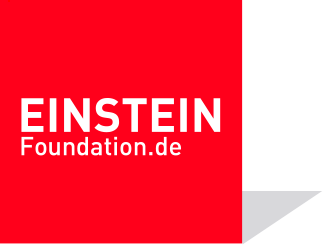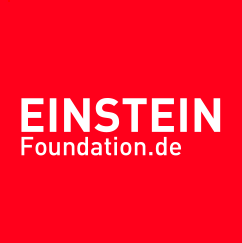Neuroscience paper top-listed by "Nature" in 2019
News David H. Gutmann

Foto: Robert Boston
In their open access paper published in 2019, the researchers identify special signature genes. These serve to distinguish microglia, a type of glial cell located throughout the brain and spinal cord, from a type of white blood cell in the immune system, called macrophages, in healthy brain tissue as well as in tumors.
The senior author of the article, David Gutmann, is a Professor at the Washington University School of Medicine, in St. Louis (USA). As an Einstein Visiting Fellow at the Berlin Institute of Health, the neurologist dedicates his research to the study of microglia. These immune system-like cells in the brain can cause cancer, vision loss, and behavioral problems.
Gutmann and his graduate students work together with Professor Helmut Kettenmann's Laboratory at the Max Delbrück Center for Molecular Medicine. The goal of the Kettenmann Lab is to analyze the role of glial cells in physiology and pathology, and to elucidate how glial cells communicate among each other and with neurons. Together, the two neurologists and their team try to understand a common condition in which children and adults develop brain tumors, vision loss, learning and attention deficits, and autism: Neurofibromatosis type 1 (NF1). The researchers use genetically-engineered mice and human skin-derived stem cells to model this cell condition.
The first author of the collaborative work, Verena Haage, graduated with this research paper at the Max Delbrück Center for Molecular Medicine last fall and received a summa cum laude at her defense.
The Einstein Foundation congratulates all authors of the article on this excellent ranking within the Neuroscience section of the renowned journal Nature.

